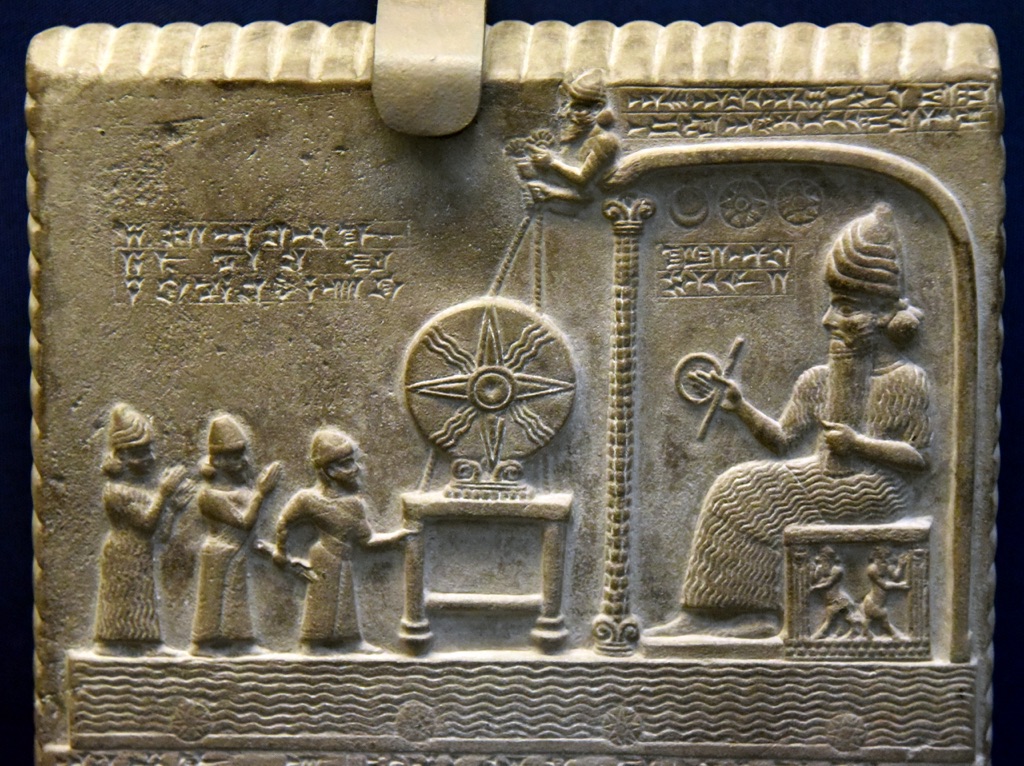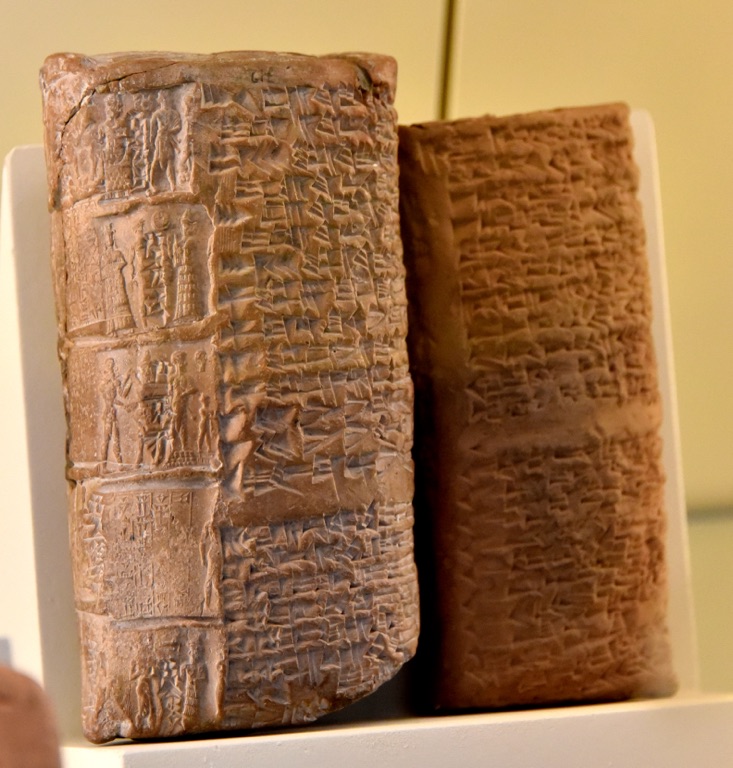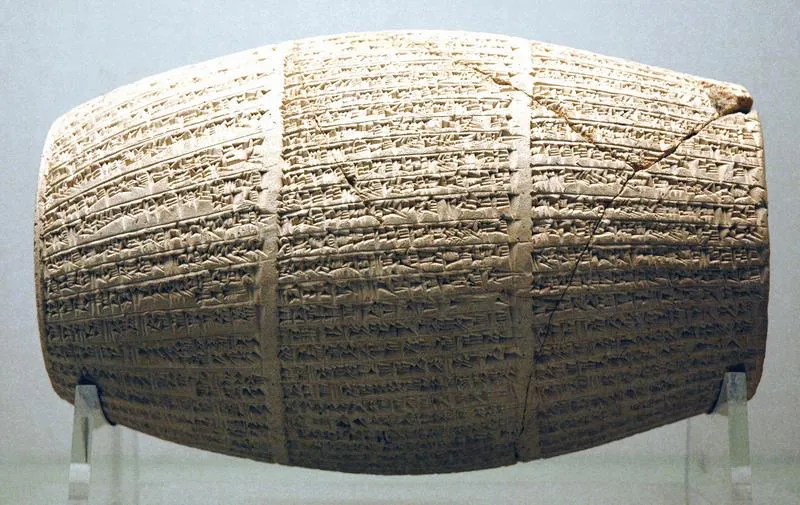Sippar was an ancient city on the east bank of the Euphrates river. Its history spans several millennia, with its foundation dating back to at least the 3rd millennium BC. Known as a center of worship for the sun god Shamash, Sippar played a significant role in the religious and commercial life of Mesopotamia. The city’s remains, including the famous Temple of the Sun, provide valuable insights into the ancient civilization of Sumer and later Babylonian culture.
Get your dose of History via Email
Historical Background of Sippar
Archaeologists discovered Sippar in the late 19th century. Hormuzd Rassam, an Assyrian archaeologist, unearthed it in 1880. The city’s origins trace back to the Sumerians who built it. Over time, various empires, including the Akkadians, Babylonians, and Assyrians, controlled it. Sippar saw many historical events, such as the reign of Hammurabi and the Persian conquest.
The city was renowned for its grand Temple of Shamash, which served as a religious and judicial center. Sippar was also a hub for trade and commerce, benefiting from its strategic location. The city’s significance continued into the Hellenistic period, even after the fall of the Babylonian empire.
Later inhabitants included the Persians and Greeks, who left their marks on the city’s culture and architecture. Sippar’s decline began in the late first millennium BC, and it eventually faded into obscurity. However, its legacy lived on through cuneiform tablets found in its library, shedding light on Mesopotamian history.

Excavations at Sippar have revealed extensive archives. These include administrative records, legal documents, and literary texts. The city’s archaeological strata reflect its long history of occupation and cultural exchange.
Significant historical events at Sippar include the capture of the city by the Elamites in the 12th century BC. It also played a role in the Neo-Babylonian revival under Nebuchadnezzar II. The city’s history is a testament to the ebb and flow of Mesopotamian civilization.
About Sippar
Sippar was a fortified city with a complex layout. Its architecture featured temples, palaces, and residential areas. The most prominent structure was the Ebabbar, the Temple of Shamash. This temple was a religious and cultural beacon throughout Mesopotamia.
The city’s construction utilized mud bricks, a common building material in the region. The use of baked bricks was reserved for important buildings like temples. Sippar’s urban planning reflected the administrative and commercial needs of a major city.
Architectural highlights of Sippar include the ziggurat associated with the Temple of Shamash. This stepped pyramid structure was typical of Mesopotamian religious architecture. The city also had extensive defensive walls, indicative of its strategic importance.
Excavations have uncovered private houses and public buildings. These provide insights into the daily life of its inhabitants. The city’s infrastructure, such as roads and canals, highlights the advanced urban planning of ancient Mesopotamia.
The craftsmanship of Sippar’s artifacts, such as pottery and inscriptions, demonstrates the city’s artistic achievements. The quality of these items reflects the city’s economic prosperity and cultural sophistication.

Theories and Interpretations
Several theories exist about Sippar’s role in ancient Mesopotamia. Some suggest it was a center for learning and scholarship. This is due to the vast number of cuneiform tablets found on site.
There are mysteries surrounding certain aspects of Sippar. For example, the exact religious practices and rituals conducted at the Temple of Shamash are not fully understood. Historians must interpret these based on limited archaeological evidence.
Matching Sippar’s archaeological record to historical texts has been challenging. However, it has provided a broader understanding of Mesopotamian chronology and events. The city’s cuneiform tablets have been pivotal in this endeavor.
Dating of Sippar’s remains has been carried out using stratigraphy and radiocarbon dating. These methods have helped establish a timeline for the city’s occupation and development.
Theories about Sippar’s decline are varied. Some attribute it to the changing course of the Euphrates river. Others suggest it was due to the rise of competing powers and internal strife.
At a glance
Country: Iraq
Civilization: Sumerian, Akkadian, Babylonian, Assyrian, Persian, Greek
Age: Founded in the 3rd millennium BC

